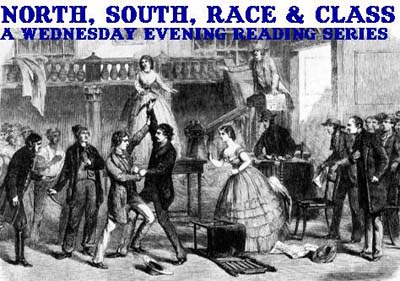Cup O’DoodlesPosted in Articles, Arts, Media Archive, United States, Women on 2012-03-05 22:08Z by Steven |
The Pennsylvania Gazette
University of Pennsylvania
Volume 109, Number 6 (July/August 2011)
pages 54-57
Molly Petrilla
Artist Gwyneth Leech C’81 started drawing on used paper cups as a distraction when she got “antsy,” but “then it began to really take over.” A few hundred cups later, she spent six weeks doing the same thing while sitting in a window in New York’s Fashion District in an exhibit called Hypergraphia.
On a stormy Monday morning at the end of February, Gwyneth Leech C’81 bought a cup of Irish tea to-go (milk, no sugar) and headed to a display window in New York City’s Fashion District. She spent the next hour or two drawing swirling, plantlike patterns on that and other paper takeout cups—all of which had at one time housed her morning coffee or afternoon tea—as passersby gawked or whispered or smiled or knocked on the glass to say hello.
Then she came back the next day and did it all again, over and over until a full six weeks had passed. The doodles evolved, the drinks changed, but her canvas stayed the same: cups with a matte paper outside and waxy plastic inside. She started with about 250 pre-drawn cups strung up in the window around her and another 25 or so scattered at her feet. By the end of her window residency, she’d created another 100 cup drawings that joined the ones around her. She called the whole thing Hypergraphia, which means the overwhelming urge to write or draw.
“Partly, I wanted to see what 375 cups looks like,” she says, “but I also thought it was a nice-but-provocative way to bring people’s attention to our waste production; it made me think a lot about upcycling and recycling.”
An accomplished painter who has also worked with ceramics, video, and printmaking, Leech has exhibited her work around the world, including solo exhibitions in Edinburgh, Glasgow, London, Philadelphia, and New York City. In 2006, she began a series called Perfect Families, and since then has been painting portraits of alternative and mixed-race families she meets in New York City…




